Cushion Roller Fender Drawing and Dimensions:
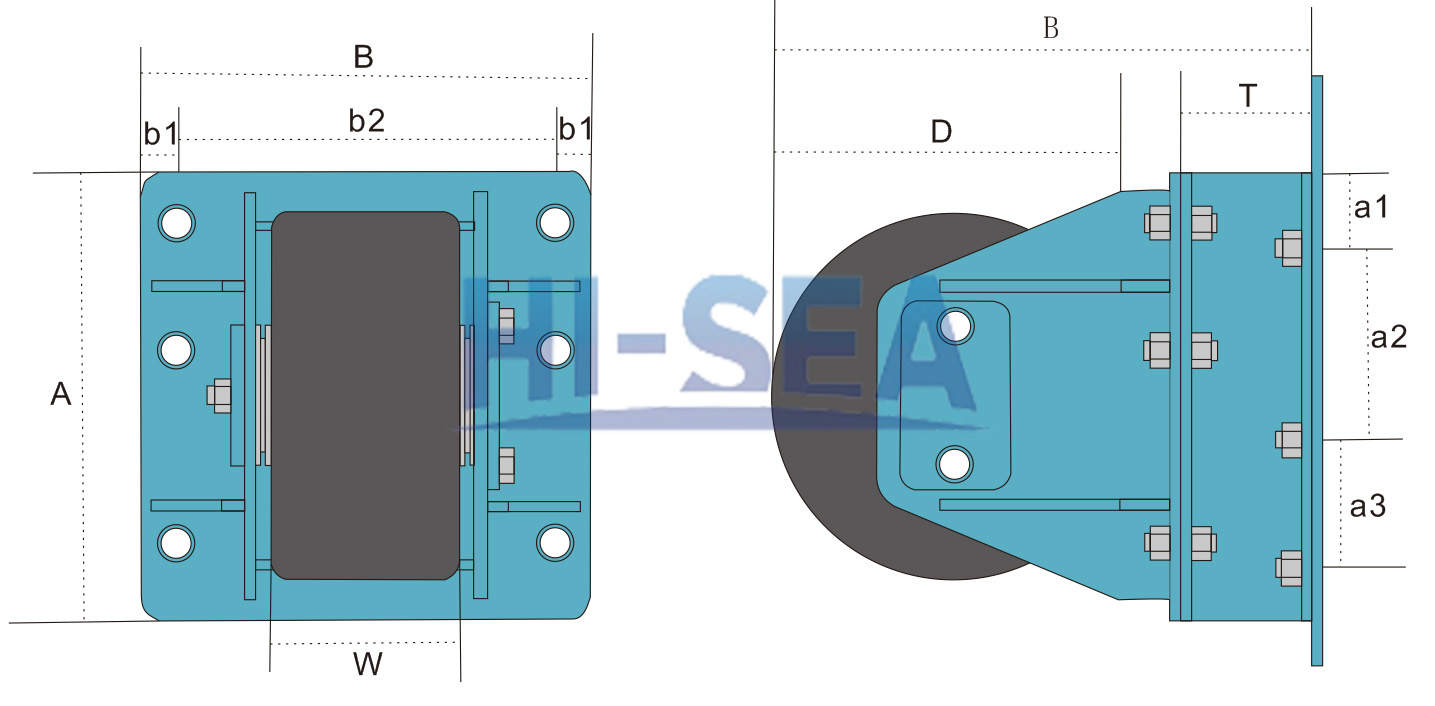
| A |
B |
C |
D |
T |
W |
a1 |
a2 |
a3 |
b1 |
b2 |
Fixings |
| 450 |
450 |
542 |
370 |
130 |
125 |
90 |
310 |
– |
35 |
380 |
4×M20 |
| 450 |
450 |
542 |
370 |
130 |
190 |
90 |
175 |
135 |
35 |
380 |
6×M20 |
| 450 |
520 |
546 |
370 |
130 |
250 |
80 |
160 |
120 |
50 |
420 |
6×M24 |
| 450 |
550 |
546 |
370 |
130 |
315 |
90 |
175 |
135 |
35 |
480 |
6×M24 |
| 480 |
630 |
570 |
380 |
130 |
315 |
90 |
180 |
120 |
55 |
520 |
6×M36 |
| 770 |
725 |
690 |
450 |
200 |
350 |
120 |
300 |
300 |
70 |
585 |
6×M36 |
|
NOTE (units:mm)
|
The drawing and dimensions are for reference. Other specifications are also available. Please contact us for detailed information.
Application of Cushion Roller Fender:
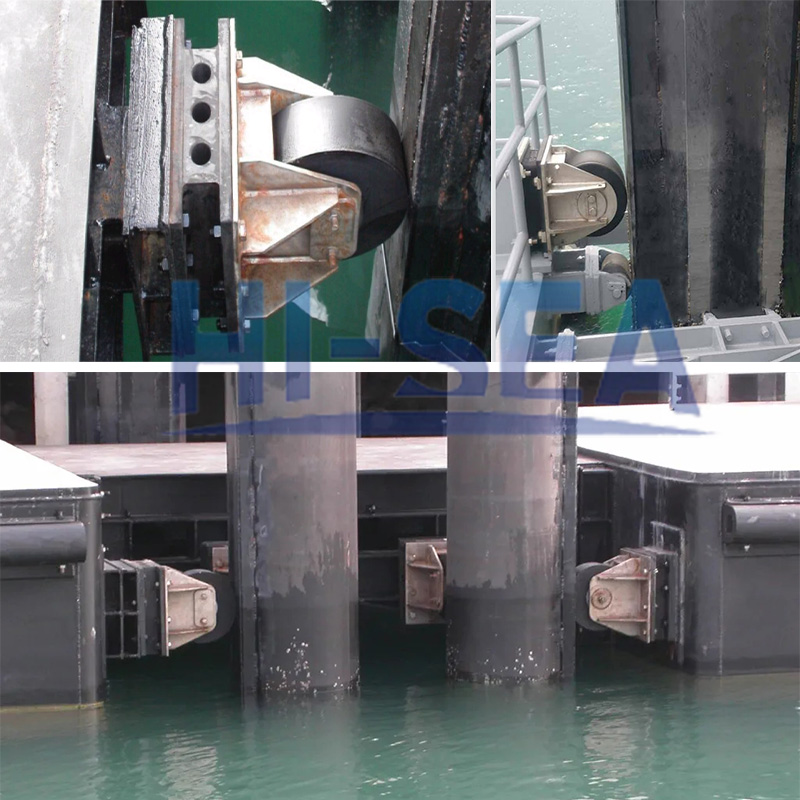
Introduction:
Cushion roller fender has similar profile as roller fender and wheel fender, but it is way much smaller than them. It is used to guide pontoons and floating structures quietly up and down their guide piles. With steel bearings, cushion fenders require lower maintenance. The design of this fender is to guide the pontoons and also to help absorb extra berthing impacts, so that the floating can be protected to the maximum extent.





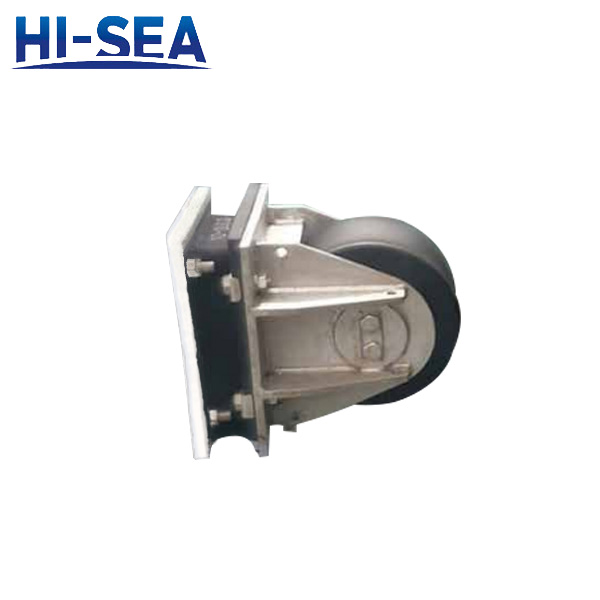


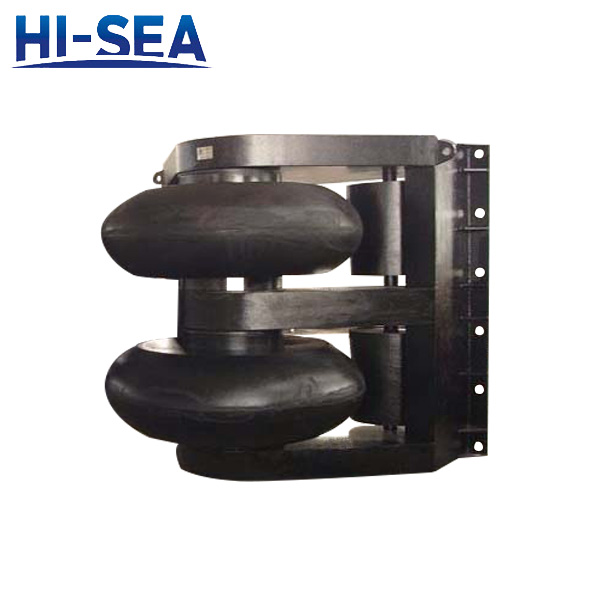
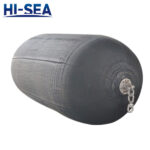 Sling Type Pneumatic Rubber Fenders(4500×12000)
Sling Type Pneumatic Rubber Fenders(4500×12000)